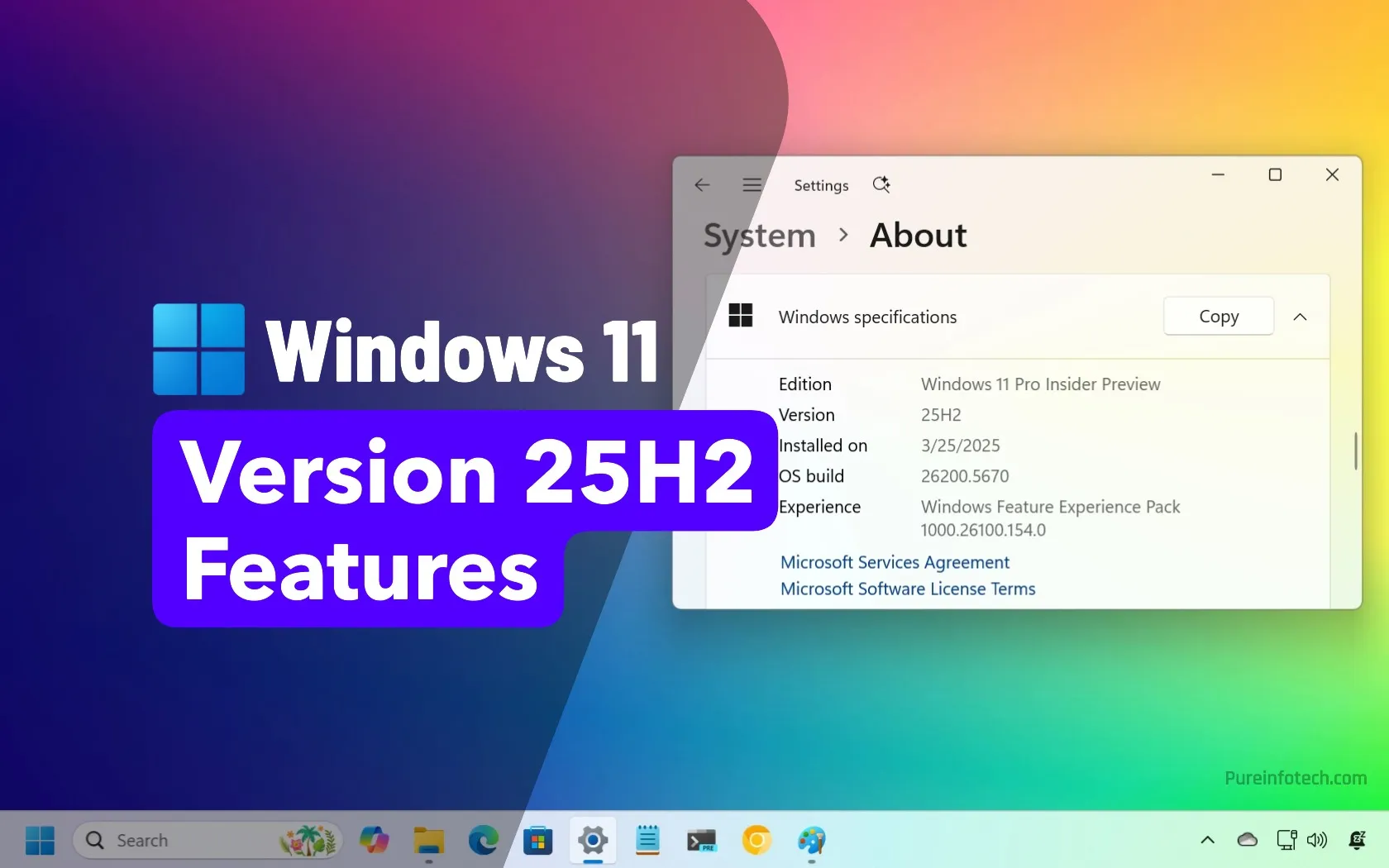How to check for spyware (and remove it fast)

Spyware is malicious software (or malware) that monitors your device without your knowledge or consent. It often does this by logging keystrokes and taking screenshots. Spyware can even take over a device’s camera or microphone, which is a scary thought. Spyware aims to steal sensitive personal information such as credit card details and passwords.
If you have spyware on your device, you may experience annoying pop-up ads and poor device performance. More severe consequences include blackmail and identity theft. What makes spyware effective is that it’s typically hard to detect. However, there are ways to do so. You can detect and remove spyware and reduce the risk of it ever affecting your device again.
This comprehensive guide covers the essentials of spyware: what types it is, how it works, and its consequences. We’ll show you how to detect and remove spyware and how to protect your devices from future infections. You’ll have the knowledge and tools to safeguard your digital privacy and security by the end.
How to check for spyware on Android
Android devices are popular targets for spyware due to their widespread use and the open nature of the Android operating system. Here are some steps you can take to detect spyware on your Android device:
- Check for unfamiliar apps: Go through your app list and look for any applications you don’t remember installing.
- Monitor battery and data usage: Unusual spikes in battery drain or data consumption could indicate spyware activity.
- Look for performance issues: If your device is running slower than usual or overheating, it might be due to spyware running in the background.
- Use a security app: Install a reputable mobile app like Malwarebytes, Bitdefender, or Avast to scan for spyware.
- Check app permissions: Review the permissions granted to your apps, especially those that allow access to sensitive areas like your camera, microphone, or location.
How to remove spyware from Android
If you suspect your Android device is infected with spyware, don’t panic. There are several steps you can take to remove the malicious software and secure your device:
- Boot into Safe Mode: This prevents third-party apps from running, making it easier to identify and remove spyware. The process for booting into Safe Mode differs by device.
- Uninstall suspicious apps: Remove any apps you don’t recognize or trust.
- Use anti-malware software: Run a full scan with a reputable security app and follow its instructions to remove threats.
- Update your OS: Ensure your Android system is up-to-date to patch any vulnerabilities.
- Factory reset: Perform a factory reset as a last resort. Remember to back up your important data first.
How to check for spyware on iPhone
iPhones are generally more secure due to Apple’s strict control over the iOS ecosystem, but they’re not immune to spyware. Here’s how to check for spyware on your iPhone:
- Check for unfamiliar apps: iPhones are generally more secure, but check for any apps you don’t recognize.
- Look for increased data usage: Unexplained increases in data consumption could indicate spyware activity.
- Monitor battery life: If your battery drains unusually fast, spyware running in the background could be to blame.
- Check for jailbreaking: If your iPhone has been jailbroken without your knowledge, it’s more vulnerable to spyware.
- Use a security app: While less common for iOS, some security apps like Certo AntiSpy can help detect spyware.
How to remove spyware from iPhone
If you believe your iPhone has been compromised by spyware, follow these steps to remove the threat and secure your device:
- Update iOS: Ensure your iPhone is running the latest version of iOS to patch any vulnerabilities.
- Remove suspicious apps: Uninstall any apps you don’t recognize or trust.
- Reset all settings: Go to Settings > General > Reset > Reset All Settings. This can remove some types of spyware.
- Restore from a clean backup: If you have a backup from before the spyware infection, restore your iPhone from this backup.
- Factory reset: Perform a factory reset as a last resort. Remember to back up your important data first.
How to check for spyware on your computer (Windows)
Windows computers, being widely used, are common targets for spyware. Here are some methods to check if your Windows PC has been infected:
- Check Task Manager: Look for unfamiliar processes consuming significant resources.
- Review installed programs: Check your list of installed programs for anything suspicious.
- Scan with anti-malware software: Use reputable anti-malware and antivirus software to perform a full system scan.
- Monitor network activity: Use tools like Wireshark to check for unusual traffic.
- Check browser extensions: Review your extensions and remove any you don’t recognize.
How to remove spyware from your computer (Windows)
If you’ve detected spyware on your Windows computer, follow these steps to remove it and secure your system:
- Boot into Safe Mode: This prevents most programs from starting automatically.
- Run anti-malware scans: Use reputable anti-malware programs to perform thorough scans.
- Uninstall suspicious programs: Remove any programs you don’t recognize or trust.
- Clear browser data: Clear your browser’s cache, cookies, and history.
- Update your OS and software: Ensure Windows and all your software are up-to-date.
- Reset your passwords: Use a clean device to change passwords for all your accounts.
How to check for spyware on Mac
While Macs are generally less targeted than Windows PCs, they’re not immune to spyware. Here’s how you can check your Mac for potential spyware infections:
- Check activity Monitor: Look for unfamiliar processes consuming significant resources.
- Review Login Items: Check System Preferences > Users & Groups > Login Items for anything suspicious.
- Use anti-malware software: Run a scan with a reputable Mac antivirus software.
- Check for unfamiliar apps: Review your Applications folder and remove anything suspicious.
- Monitor network activity: Use the built-in Network Utility or third-party tools to check for unusual traffic.
How to remove spyware from Mac
If you’ve found spyware on your Mac, here are the steps you should take to remove it and secure your system:
- Use anti-malware software: Run a full scan with reputable Mac anti-malware software and follow its instructions to remove threats.
- Uninstall suspicious apps: Remove any applications you don’t recognize or trust.
- Clear browser data: Clear your browser’s cache, cookies, and history.
- Update macOS: Ensure your Mac is running the latest version of macOS to patch any vulnerabilities.
- Reset passwords: Change passwords for all your accounts using a clean device.
- Create a new user account: If the problem persists, create a new user account and transfer your files to it.
Remember, if you need clarification on any step or if the spyware persists after these measures, then seek help from a professional IT security service.
What are the different types of spyware?
All spyware shares the common goal of secretly monitoring and collecting data. There are several distinct types of malware and spyware, each with its own characteristics:
- Adware: This spyware tracks your browsing habits and displays targeted advertisements. While not all adware is malicious, some versions can be intrusive and carry additional spyware payloads.
- Keyloggers: These record every keystroke you make, potentially capturing sensitive information like passwords and credit card numbers. Keyloggers can be software-based or hardware devices attached to your keyboard.
- Trojans: Named after the Greek myth, Trojans appear to be legitimate software but contain hidden malicious code. Once installed, they can deploy various types of spyware or other malware.
- Tracking cookies: While not typically classified as spyware due to their transparency, some tracking cookies can monitor your online activities across multiple websites, potentially compromising your privacy.
- Infostealers: These specifically target sensitive information on your device, such as stored passwords, financial data, or personal documents.
- System monitors: These run in the background, recording a wide range of system activities, including applications used, websites visited, and even screenshots of your activity.
- Rootkits are particularly dangerous because they can provide remote access to your entire system, allowing attackers to install additional spyware or other malware undetected.
- Stalkerware: Often used in domestic surveillance cases, this spyware can track location, record calls, and access messages and photos on mobile devices.
- Browser hijackers: These modify your browser settings without permission, often changing your homepage or search engine or redirecting you to specific websites that may contain additional malware.
Understanding these different types of spyware is crucial in recognizing potential threats and taking appropriate measures to protect your devices and personal information.
How to avoid spyware
Prevention is always better than cure when it comes to spyware. By following these best practices, you can significantly reduce the risk of spyware infections on your devices:
- Be cautious with downloads: Only download software from official sources and reputable websites. Be wary of free software that seems too good to be true – it often is.
- Keep your software updated: Regularly update your operating system, applications, and security software. These updates often include patches for security vulnerabilities that spyware might exploit.
- Use a reputable antivirus program: Install and maintain a trusted antivirus solution with anti-spyware protection. Ensure it’s always up-to-date and running regular scans.
- Be wary of email attachments: Don’t open attachments from unknown senders. Even if the sender is familiar, be cautious if the email seems suspicious or unexpected.
- Use strong, unique passwords: Implement complex passwords for all your accounts and avoid reusing passwords across multiple sites. Consider using a password manager to help manage and generate secure passwords.
- Enable two-factor authentication: Wherever possible, enable two-factor authentication for your accounts. This adds an extra layer of security even if your password is compromised.
- Be careful with public Wi-Fi: Avoid accessing sensitive information (like online banking) when using public Wi-Fi networks. Use a VPN for public Wi-Fi to encrypt your connection.
- Read privacy policies: Before installing new software or apps, read through their privacy policies. Be wary of apps that request unnecessary permissions.
- Use ad-blockers: Consider using ad-blocking extensions in your web browsers. These can prevent malicious ads that try to install spyware.
- Educate yourself and others: Stay informed about the latest spyware threats and share this knowledge with friends and family. Awareness is a powerful tool in cybersecurity.
- Be skeptical of pop-ups: Don’t click on pop-up windows, especially those claiming your device is infected or needs cleaning. These are often tactics to trick you into downloading spyware.
- Secure your home network: Use strong encryption (WPA3 if possible) on your home Wi-Fi and change the default password on your router.
- Use secure browsing: Look for “https” in website URLs, especially when entering sensitive information. The ‘s’ indicates that the connection is encrypted. However, many malicious websites also use HTTPS, so it shouldn’t be your sole indicator.
- Regularly review installed programs: Periodically review the list of installed programs on your device and remove any that you don’t recognize or no longer use.
By incorporating these practices into your digital routine, you can create a robust defense against spyware and other forms of malware. Remember, your online security is largely in your own hands – staying vigilant and informed is key to protecting your digital life.
FAQs
Is all spyware illegal?
Not necessarily. Some forms of monitoring software may be legal when used with proper disclosure (such as parental controls or employee monitoring). However, using spyware to secretly gather information without consent is generally illegal.
Can antivirus software detect and remove spyware?
Many modern antivirus programs include anti-spyware features. However, it is important to use reputable, up-to-date security software and perform regular scans to detect and remove spyware effectively.
Source link









